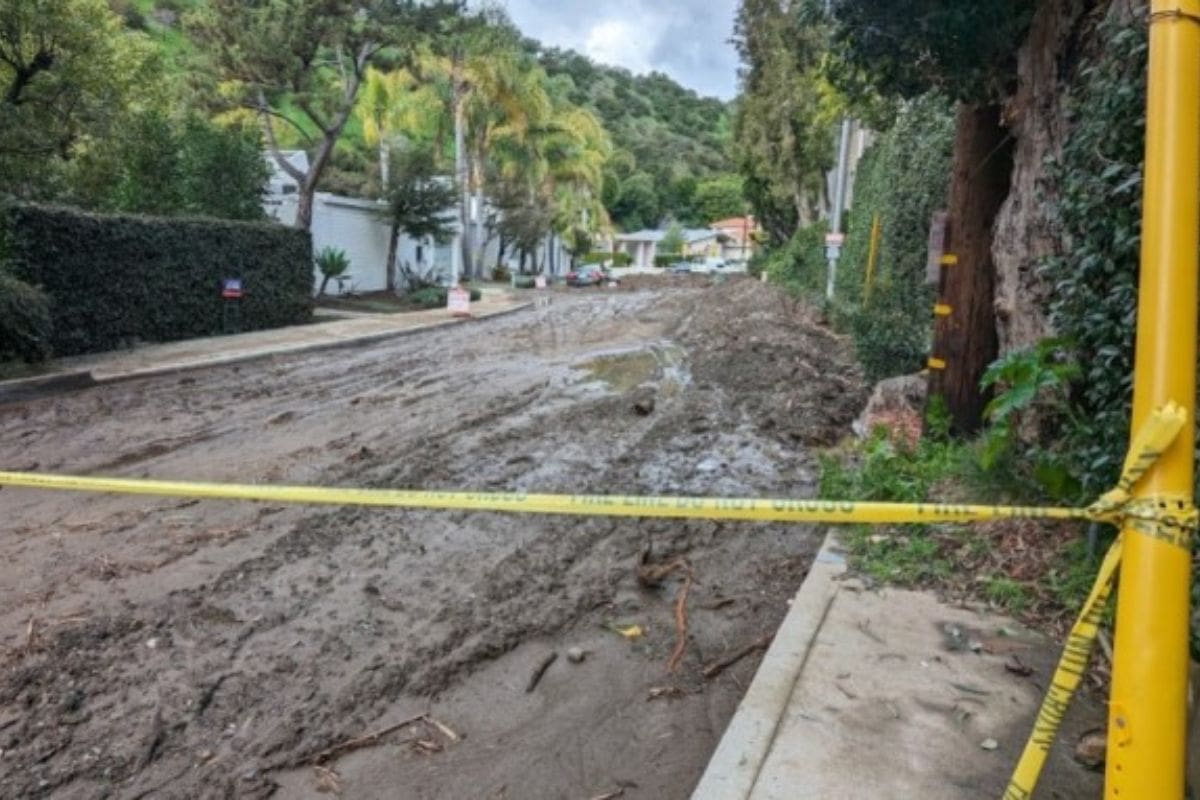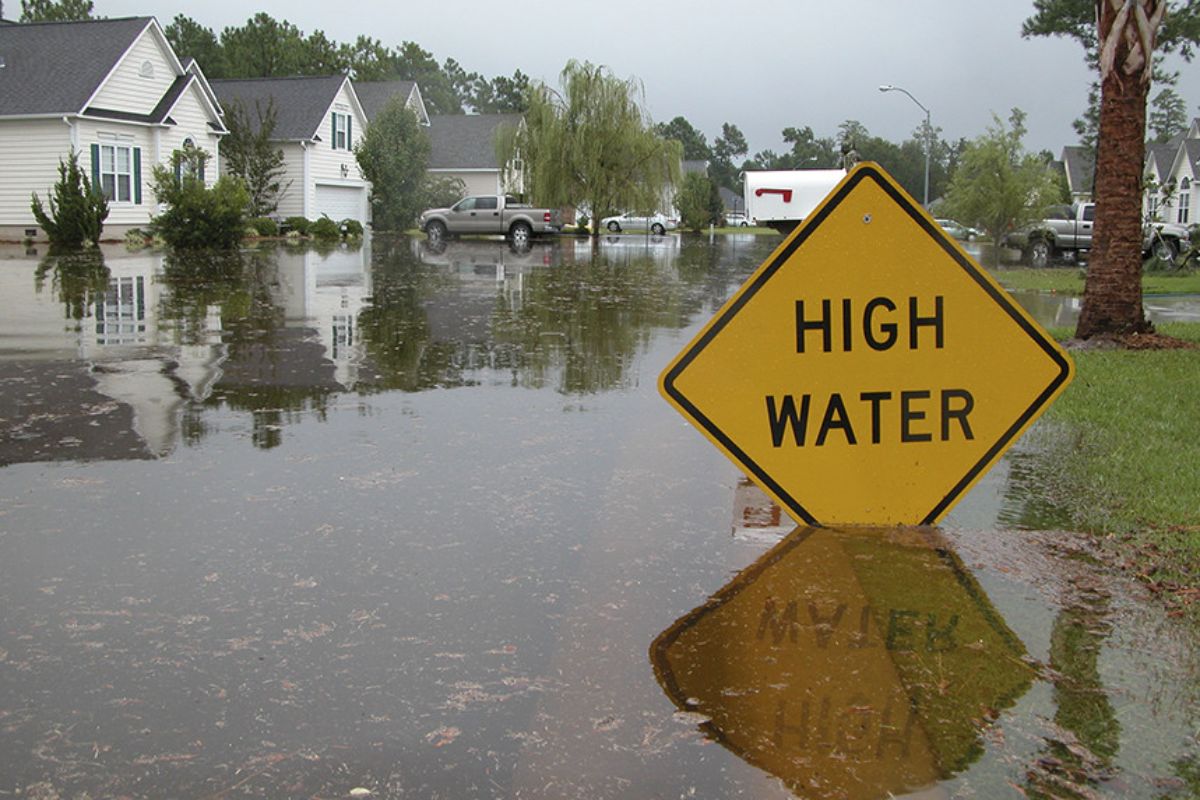Flood Coverage Gaps Unlocked: Step into the eye of the storm, where uncertainty lurks and the threat of flood damage looms large. As a Californian, you have witnessed the devastating power of floods, leaving lives upended and properties in ruins. But amidst the chaos, there is a glimmer of hope—a chance to protect yourself from the financial aftermath.
The urgent need for you, and every Californian, is to assess the insurance gaps in flood protection that have been unveiled. In this discussion, we will explore the importance of evaluating your insurance coverage, the resources available for flood recovery, and the options for resolving insurance disputes. Brace yourself, for the floodwaters of knowledge are about to pour in, guiding you towards a safer and more secure future.
Key Takeaways
- Standard insurance policies in California do not cover damages caused by floods, mudslides, debris flows, and related disasters.
- The California FAIR Plan does not provide protection for storm-related damages.
- Consumers can consider purchasing a supplemental ‘difference in conditions’ (DIC) policy from another insurer to fill the gaps in coverage.
- It is crucial for Californians to evaluate their flood risk promptly, as traditional risk assessments are unreliable due to climate change and extreme weather patterns.
Insurance Gaps in California
If you own a home or operate a business in California, it is important to be aware of the insurance gaps that exist in standard policies for protection against floods and related disasters. Despite California’s vulnerability to various natural disasters, many homeowners and business operators are not fully informed about the limitations of their insurance coverage. Standard policies typically do not provide coverage for damages caused by floods, mudslides, debris flows, and other related disasters. This means that if your property suffers from such events, you may be left with significant financial burdens for repairs and replacements.
Furthermore, even the California FAIR Plan, which is designed to provide coverage for high-risk properties, does not include protection for storm-related damages. To address this gap, consumers are advised to consider purchasing a supplemental ‘difference in conditions’ (DIC) policy from another insurer. This policy can help fill the gaps in coverage and provide the necessary financial support in the event of a flood or related disaster. By understanding the insurance gaps that exist in California, you can take proactive steps to protect your property and mitigate potential financial risks.

Urgent Call for Evaluation
Californians are urged to promptly evaluate their flood risk, regardless of their location’s traditional risk level, according to experts from the Department of Insurance. The call to action emphasizes the need for property owners to proactively assess their vulnerability and consider obtaining flood insurance coverage before the next storm strikes. It is essential for Californians to recognize that even areas considered low-risk in the past are not immune to the increasing threat of flooding. Climate change and extreme weather patterns have rendered previous risk assessments unreliable, making it crucial for individuals to reassess their exposure to flood hazards.
The California Department of Insurance provides ten practical tips for those affected by winter storms, offering guidance on how to prepare and recover from potential flooding. These recommendations include creating a home inventory, documenting possessions, and ensuring that important documents are stored in a safe place. Property owners are also encouraged to review their insurance policies, understand their coverage limits, and consider purchasing additional flood insurance if necessary.
Resource Lists for Flood Recovery
To aid residents in the aftermath of a flood, various resource lists have been compiled by the Los Angeles Fire Department and the City of Los Angeles, providing comprehensive guidance and support for flood recovery. The Los Angeles Fire Department has outlined nine essential steps for flood recovery in their resource list. These steps include ensuring personal safety, documenting the damage, contacting insurance providers, and seeking professional assistance. By following these steps, residents can navigate the recovery process more effectively and efficiently.
In addition to the resource list provided by the Los Angeles Fire Department, the City of Los Angeles has compiled a comprehensive list of resources available at the county and state levels. This list includes information about temporary housing assistance, financial aid programs, and resources for mental health support. By accessing these resources, residents can receive the necessary assistance to recover and rebuild their lives after a flood.
It is crucial for residents to make use of these resource lists to ensure a smooth and successful recovery. By following the guidance provided, residents can access the support they need and take the necessary steps to restore their homes and lives.
Insurance Dispute Resolution
When dealing with insurance inquiries or disputes, the California Department of Insurance can be contacted at 1-800-927-4357 for prompt resolution and vital information. This communication channel is crucial for individuals who need assistance in resolving issues or obtaining necessary information regarding their insurance coverage. It is important to ensure that you have proper coverage, especially in the case of natural disasters like flooding, which remains the primary natural disaster nationwide.
To provide a deeper understanding of insurance dispute resolution, here is a table that outlines the key benefits of contacting the California Department of Insurance:
| Benefits of Contacting the California Department of Insurance |
|---|
| Prompt resolution of insurance disputes |
| Access to vital information about insurance coverage |
| Assistance in navigating insurance claim processes |
| Guidance on understanding insurance policies |
| Protection of consumer rights in insurance matters |

Also Read: Southern California Rattled by 4.6-Magnitude Earthquake
National Flood Insurance Program (NFIP)
If you want to protect your property against flood-related losses, the National Flood Insurance Program (NFIP) provides a comprehensive solution. Established by the U.S. Congress in 1968, NFIP is administered by the Federal Emergency Management Agency (FEMA) and aims to bridge the gap in flood coverage. Participating communities enable property owners, renters, and business operators to acquire specialized flood insurance. You can obtain NFIP coverage through licensed insurance agents, FEMA, or private insurers participating in the Write Your Own (WYO) program. To ensure comprehensive flood coverage, you can refer to the list of WYO program participants for guidance.
NFIP offers a vital safety net for individuals and businesses at risk of flood-related losses. By participating in the program, you gain access to insurance specifically designed to protect against the financial impact of flood damage. This coverage is crucial, as standard homeowners’ and renters’ insurance policies typically do not cover flood losses. Without flood insurance, you may be left with significant financial burdens if your property sustains flood damage.
Conclusion Of Flood Coverage Gaps Unlocked
If you’re a Californian, it’s crucial to assess your insurance coverage for potential flood protection gaps. Take the time to evaluate your policy and ensure you have adequate protection in place. In case of a flood, having the right insurance can make all the difference in recovering and rebuilding. Make use of the available resources and consider the National Flood Insurance Program for added security. Don’t wait until it’s too late – act now to protect yourself and your property.
Our Reader’s Queries
What does flood insurance cover in California?
Flood insurance provides coverage for losses directly stemming from flooding, defined as an overflow of water onto normally dry land, impacting two or more acres or properties. This includes instances like sewer backup damage, covered when directly linked to flooding.
Do most Californians have flood insurance?
Flood insurance covers fewer than 2% of California properties.
Why is California flood prone?
A prominent risk factor for flooding in California stems from the extensive development of major cities around significant rivers, particularly within their fertile floodplains. Efforts by Californians to manage the state’s 38 major rivers, spanning from the Klamath River in the north to the San Diego River in the south, reflect ongoing struggles to mitigate flood risks.

